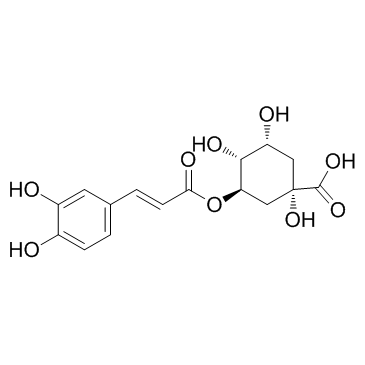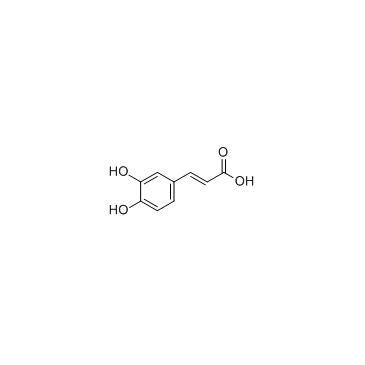| Structure | Name/CAS No. | Articles |
|---|---|---|
 |
Formic Acid
CAS:64-18-6 |
|
 |
Hydrochloric acid
CAS:7647-01-0 |
|
 |
Ethanol
CAS:64-17-5 |
|
 |
Acetonitrile
CAS:75-05-8 |
|
 |
Chlorogenic acid
CAS:327-97-9 |
|
 |
Methanol
CAS:67-56-1 |
|
 |
4-Hydroxybenzoic acid
CAS:99-96-7 |
|
 |
Gallic acid
CAS:149-91-7 |
|
 |
Caffeic acid
CAS:331-39-5 |
|
 |
trans-4-Hydroxycinnamic acid
CAS:501-98-4 |